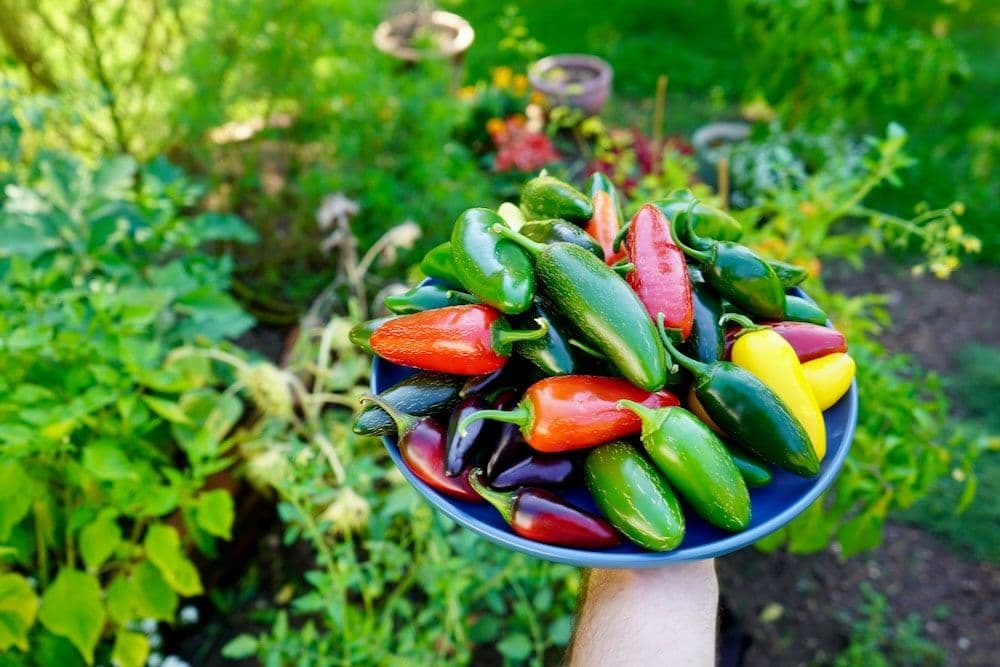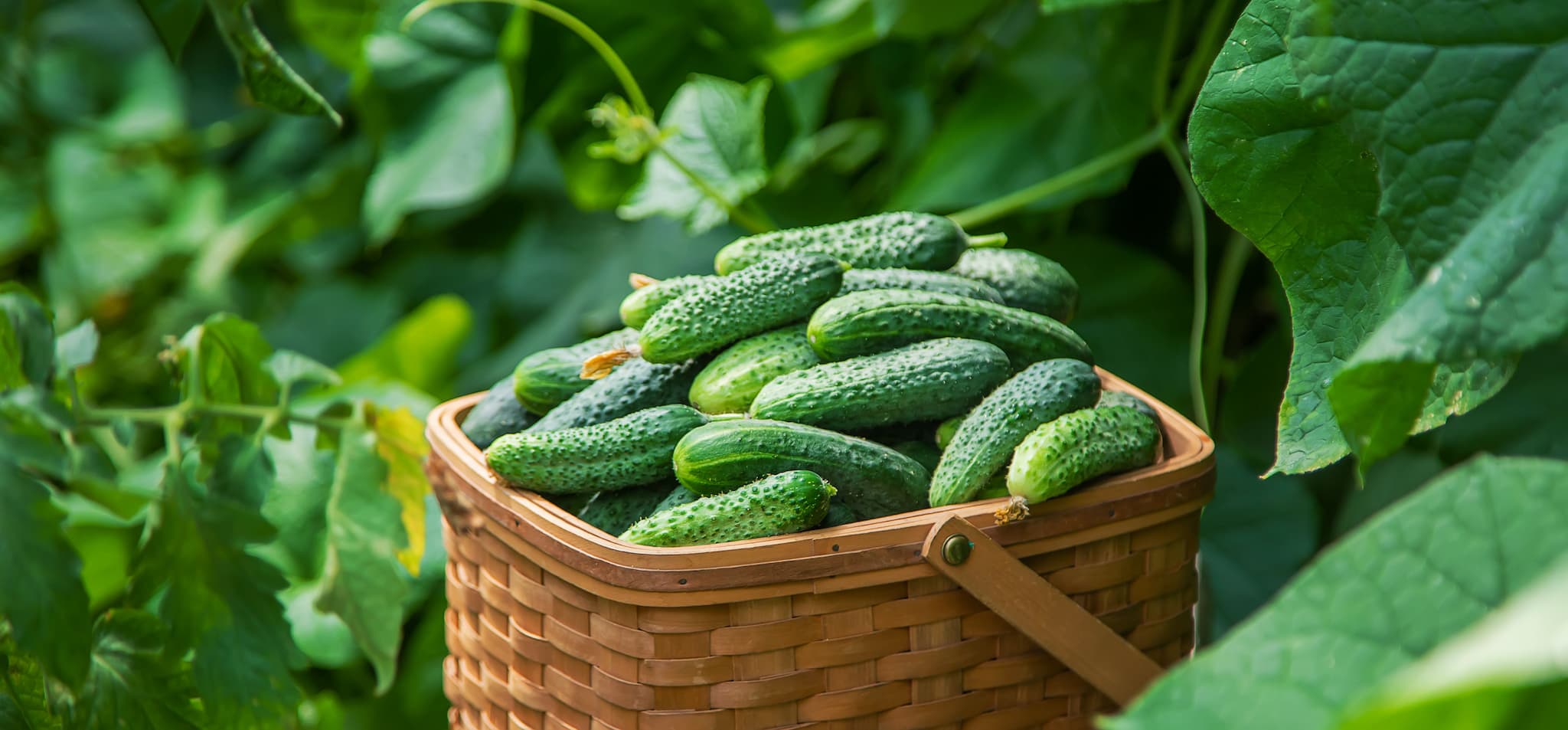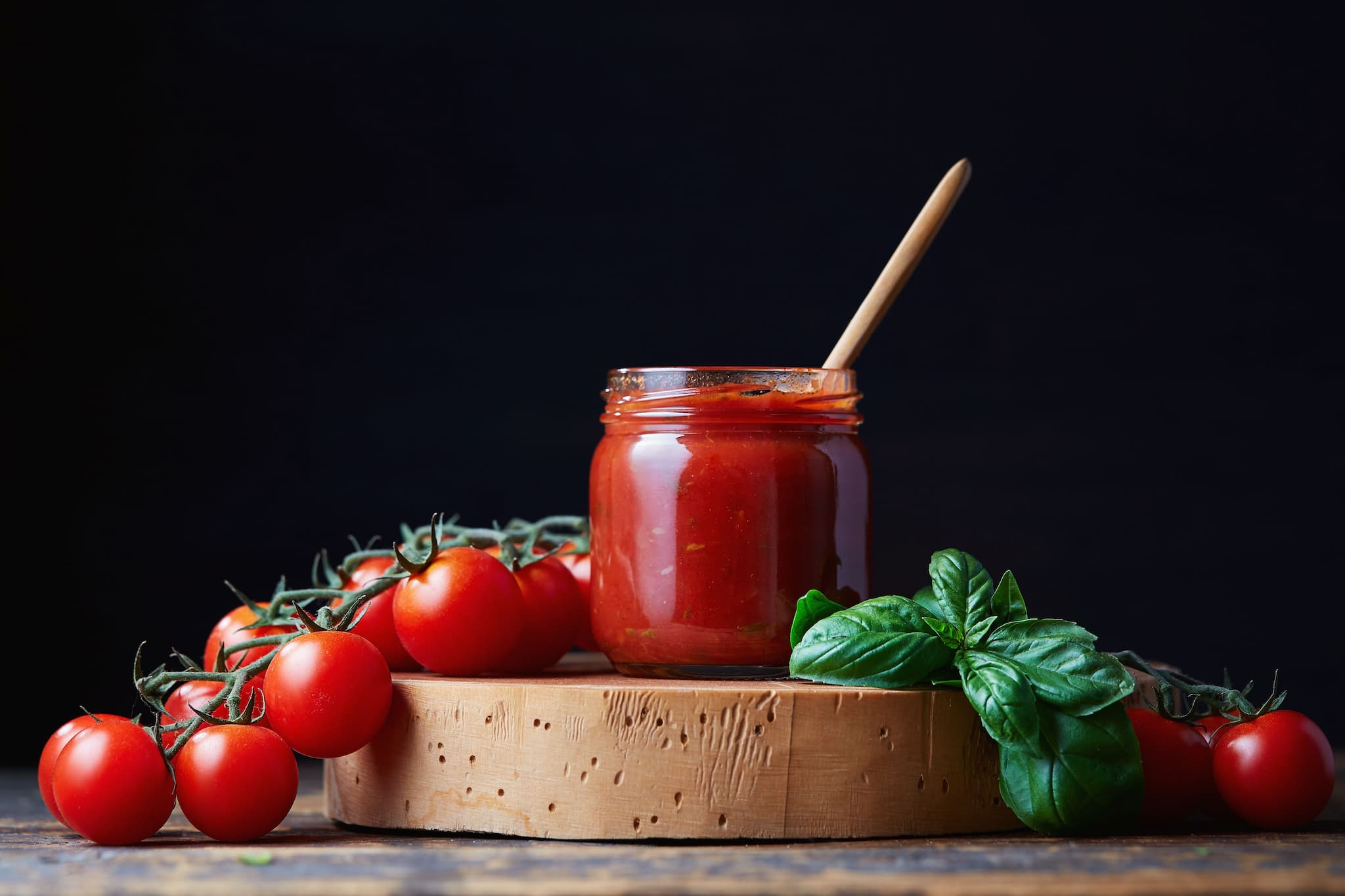
Tomato paste is one of the most commonly used and popular seasonings in Iranian cuisine, serving as a base for preparing various dishes. This product is derived from the processing of fresh tomatoes, and due to its thick texture and beautiful color, it is used in many meals. Understanding the precise methods of production, types, and benefits of tomato paste can help consumers choose a quality and suitable product.
This article offers a comprehensive review of tomato paste, covering everything from production stages to important storage tips.
How to Prepare Tomato Paste: Tips for Achieving a Red Color
To make tomato paste, follow these steps in order:
Selecting the Tomatoes: Start by choosing ripe, fresh tomatoes. Red and healthy tomatoes improve the quality and color of the paste.
Washing and Chopping: Wash the tomatoes thoroughly and chop them into small pieces.
Initial Cooking: Place the chopped tomatoes in a large pot and cook over low heat until they soften and release their juice.
Straining: After cooking, pass the tomatoes through a strainer to separate the skin and seeds. You can also use a meat grinder or blender for this step.
Final Cooking: Put the strained tomato juice back on low heat and stir regularly until it becomes thick. Add a bit of salt at this stage, then turn off the heat and let the paste cool.
Storage: Once cooled, pour the paste into clean glass jars and store it in the refrigerator.
To make your tomato paste red, consider the following tips:
Use Ripe, Red Tomatoes: The quality and color of the tomatoes are the most important factors in achieving a red paste. For a vibrant color, choose fully ripe tomatoes with a deep red hue.
Cook on Low Heat: High heat can darken the color of the paste. Cook the paste on low heat for sufficient time to preserve the tomatoes’ natural color.
Add a Bit of Oil at the Final Stage: Adding a few drops of olive oil or vegetable oil at the end of cooking can enhance the shine and red color of the paste.
Use a Copper or Enamel Pot: These types of pots help distribute heat evenly, preserving the paste’s color.
To make a perfectly red paste, be sure to follow all these steps.
Benefits of Tomato Paste: Advantages for Facial Skin
In addition to its culinary uses as a seasoning, tomato paste offers numerous health benefits. It is rich in antioxidants like lycopene, which supports the immune system and reduces the risk of heart disease. Consuming tomato paste can also aid digestion and reduce bodily inflammation.
The benefits of tomato paste for facial skin are also notable. Lycopene in tomato paste helps protect the skin from UV damage, preventing premature aging and wrinkles. Additionally, applying tomato paste topically can brighten the skin, reduce dark spots, and improve skin texture. For this purpose, use tomato paste as a natural mask, leaving it on for a few minutes before rinsing with lukewarm water to make your skin appear fresher and more youthful.
Tomato Paste Production Line
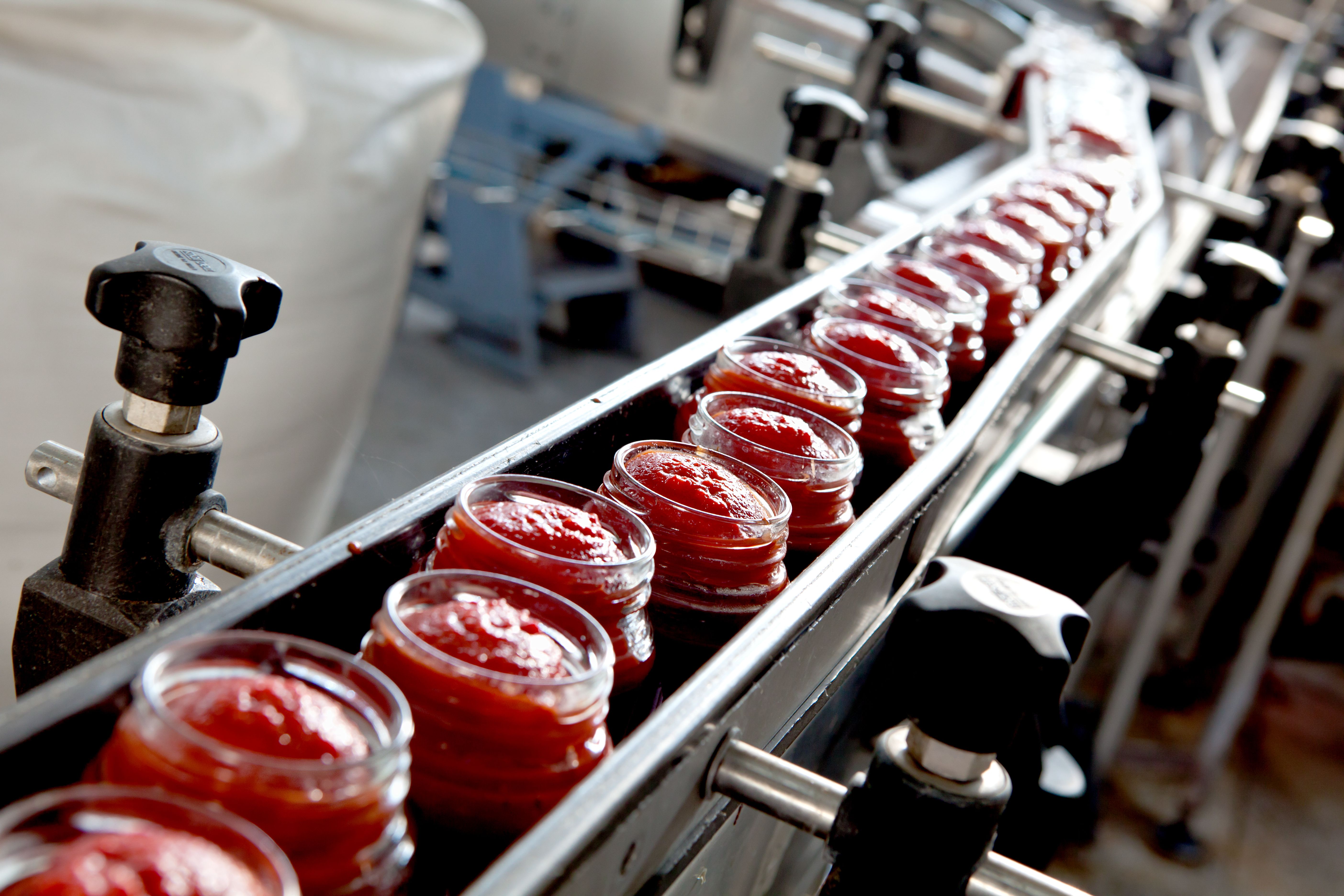
The tomato paste production line consists of several sequential stages that transform tomatoes into a vibrant, thick paste.
Receiving and Unloading Tomatoes: Tomatoes arriving from farms are weighed and inspected, then transferred to water pools for unloading.
Washing and Sorting: The tomatoes go through multiple wash stages to remove impurities and contaminants. A sorting machine then separates damaged or unripe tomatoes from ripe ones.
Chopping the Tomatoes: The cleaned and healthy tomatoes are sent to a crusher where they are chopped to prepare for further processing.
Preheating and Enzyme Deactivation: The chopped tomatoes are heated to 85°C in a preheater to deactivate enzymes, ensuring a proper consistency in the paste. Enzymes like pectin methylesterase and pectinase are inactivated, preserving the pectin in the tomatoes, which increases the paste’s thickness.
Straining the Tomato Juice: At this stage, the skin and seeds are separated from the tomato juice, and the final product moves to a storage tank.
Concentrating the Paste: The strained tomato juice is concentrated to the desired thickness in vacuum-based concentrators with heat. This concentration process is essential for maintaining the paste's quality and color, and it can be done in either batch or continuous concentrators.
Filling and Sealing: The concentrated paste is hot-filled into glass jars or metal cans and sealed.
Pasteurization: The containers of paste are passed through a pasteurization tunnel, where they are heated to 90°C for a specified time to eliminate any microbes and extend the product's shelf life.
After this stage, the paste is ready for storage and distribution for sale.
Best Tomato Paste: The Top Tomato Paste in Iran
Since tomatoes and tomato paste have long been staples in Iranian cuisine, Iranians place great importance on the quality of tomato paste and strive to choose the best. Selecting high-quality tomato paste plays a key role in the final flavor, color, and nutritional value of dishes.
To select the best tomato paste, look for a product with the following characteristics:
High-Quality Ingredients: The best tomato paste is made from fresh, high-quality tomatoes. The tomatoes should be ripe and vibrant in color to produce a thick and flavorful paste.
Natural Taste and Aroma: A high-quality paste will retain the natural taste and aroma of tomatoes without added chemicals or artificial preservatives.
Thick Consistency: Quality tomato paste is thick, with minimal water content, allowing you to use less of it when cooking.
Free of Artificial Preservatives: The best tomato pastes are preservative-free, relying on traditional methods or advanced technology for preservation.
Natural Color: The paste should have a deep, natural red color. A very light or very dark color may indicate lower quality or the use of unauthorized additives.
Balanced Salt and Acidity: Quality pastes have an appropriate balance of salt and acidity, enhancing flavor and shelf life. However, excessive salt content for preservation can signal lower quality.
Paying attention to these qualities helps consumers select the best tomato paste, ensuring high-quality results when preparing various dishes.
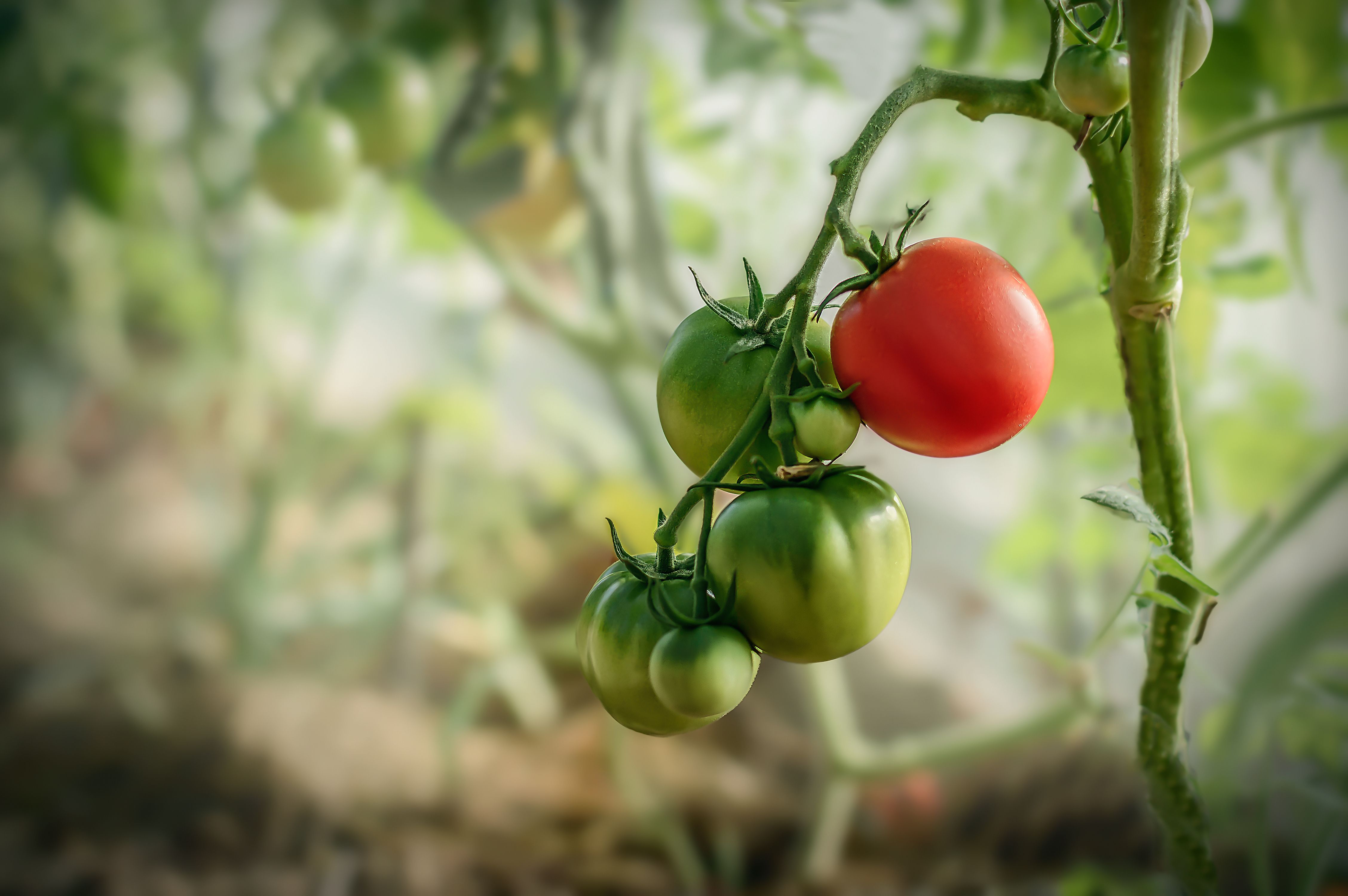
Homemade Tomato Paste
Many people prefer making tomato paste at home or buying homemade tomato paste from organic product stores rather than using commercial versions. Generally, homemade tomato paste is superior in quality and taste because it’s made without preservatives or chemical additives, resulting in a more natural flavor. Additionally, there’s better control over salt levels and other ingredients in the homemade process. However, homemade paste has a shorter shelf life and usually requires refrigeration. Ensuring hygienic practices in making or purchasing homemade paste is a key consideration for safe and quality use.
How to Make Homemade Tomato Paste
Making homemade tomato paste is simple. Take some fresh, red, ripe tomatoes, wash and chop them. Cook them over low heat until softened, then strain to remove the seeds. Cook the strained tomatoes again over low heat until they thicken. Add a little salt, then store the paste in the refrigerator.
Types of Tomato Paste
Tomato paste can be categorized into several main types:
Homemade Tomato Paste: This paste is made without preservatives or chemical additives, offering a natural and pure taste. It typically has better color and flavor compared to industrial varieties, but it has a shorter shelf life.
Industrial Tomato Paste: Produced in large quantities, this type often contains preservatives to extend shelf life. It is made using industrial processes and tends to have a longer shelf life.
Salt-Free Tomato Paste: Designed for individuals with sodium restrictions, this paste is healthier but may have a slightly different taste and spoil more quickly.
Organic Tomato Paste: Made from organic tomatoes without chemical fertilizers or pesticides, this paste is more natural and healthier, but it comes at a higher price.
Aseptic Tomato Paste: This paste is produced through high-temperature sterilization and then packaged in sterilized containers (typically special bags). Its main advantage is long shelf life without the need for preservatives.
Canned Tomato Paste: Packaged in metal or glass containers, this type usually contains preservatives or salt to enhance shelf life.
Summary of the Article
Tomato paste is one of the most important culinary condiments, derived from processing fresh tomatoes. To make it, tomatoes are cooked and strained, transforming them into a thick paste. Homemade tomato paste is more natural and free from preservatives but has a shorter shelf life compared to industrial varieties. There are various types of tomato paste, including aseptic, canned, and organic, each suited for specific conditions of use.
